

This tour is designed to be flexible, so you can road trip the way you want. No worrying about where to start or which portion of the island you want to see. Use our suggested itineraries in the app tour plan, or divide the commentary to create your own half, full or multi day sightseeing trips across the island.
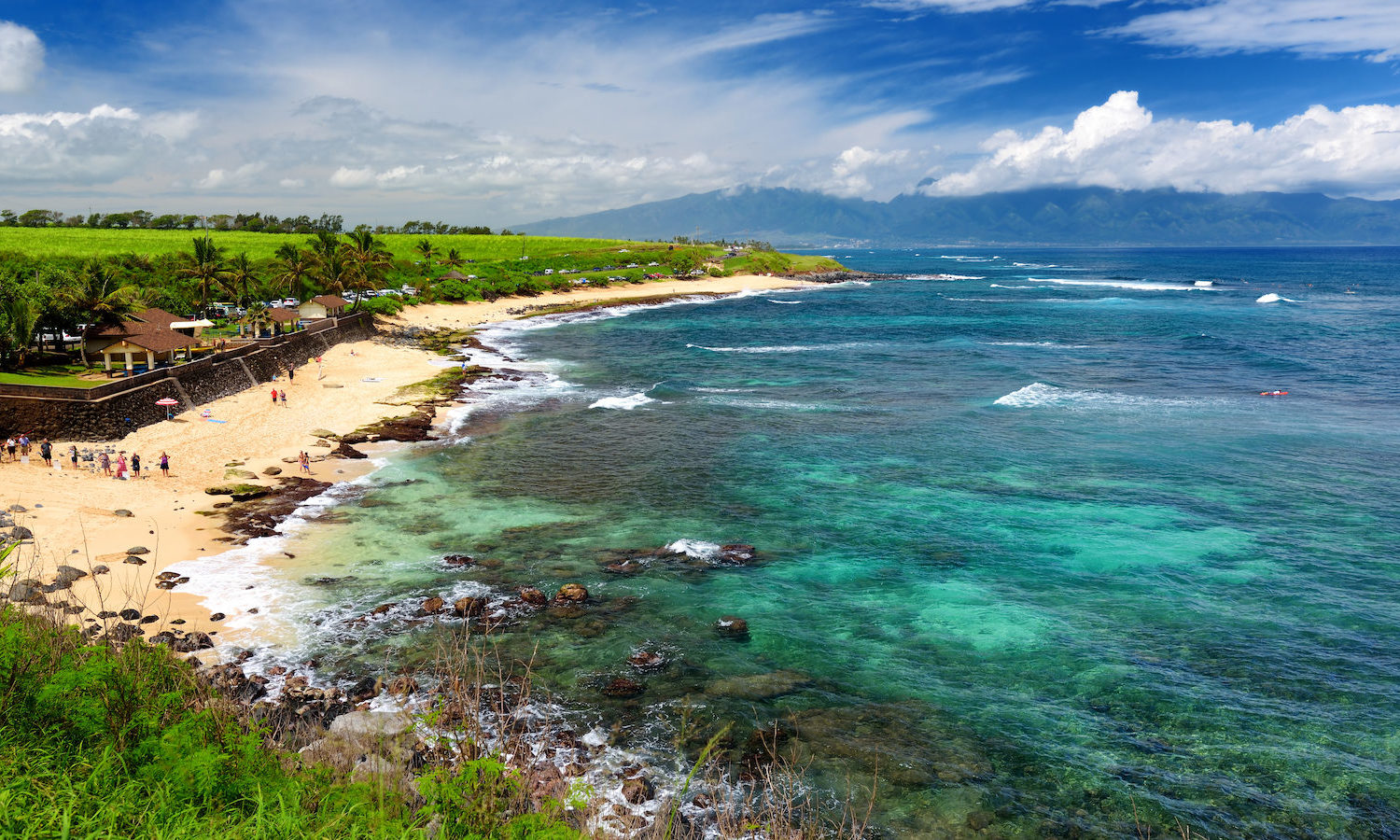
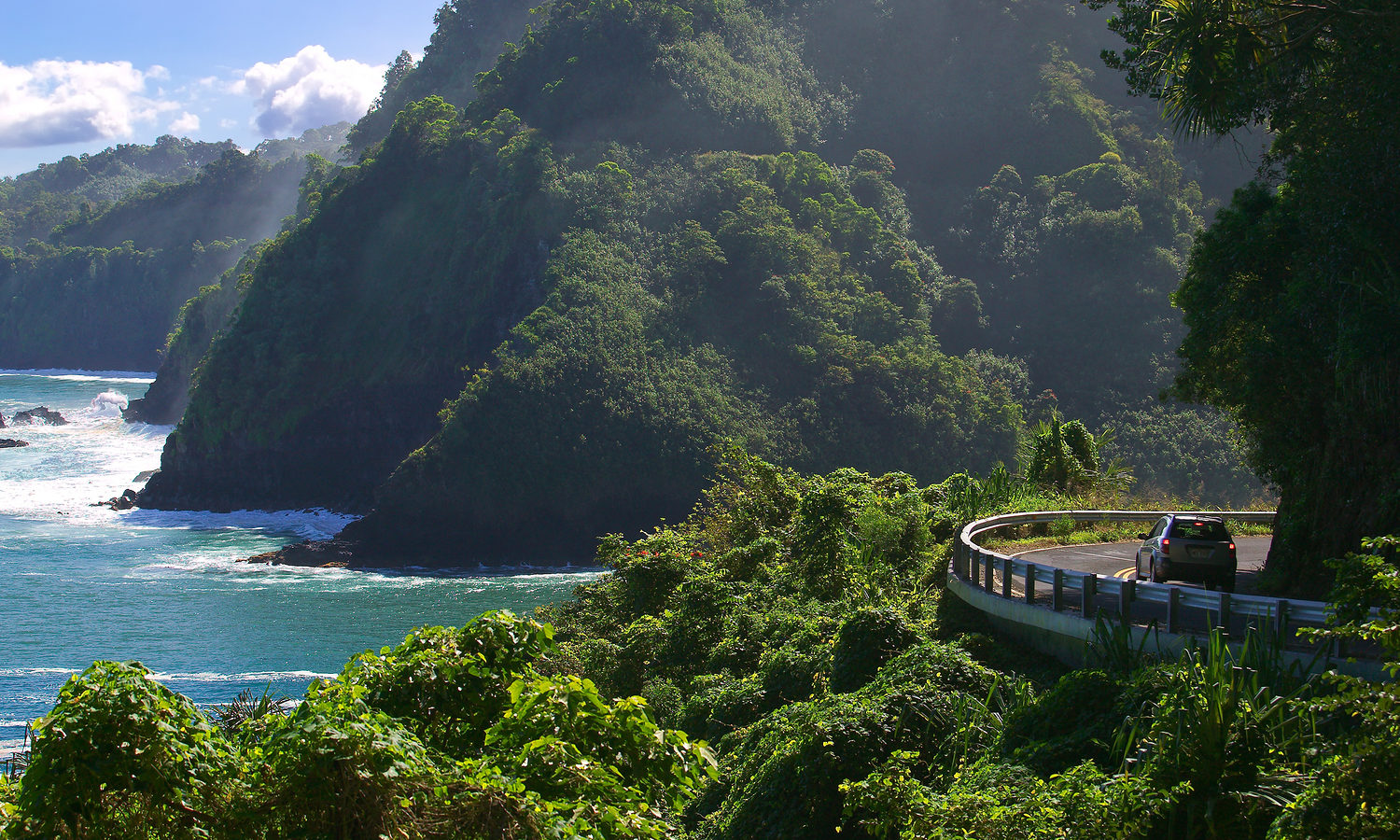
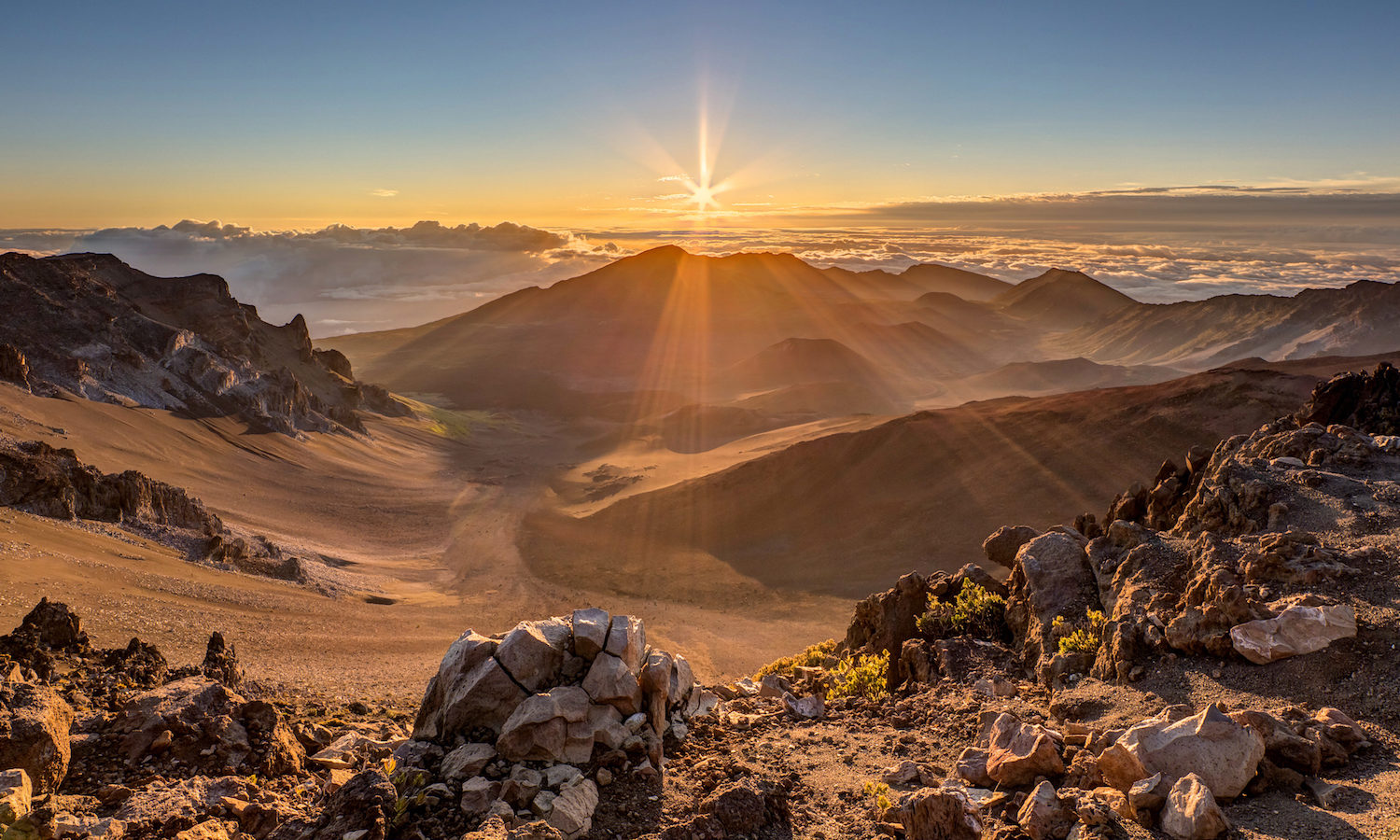
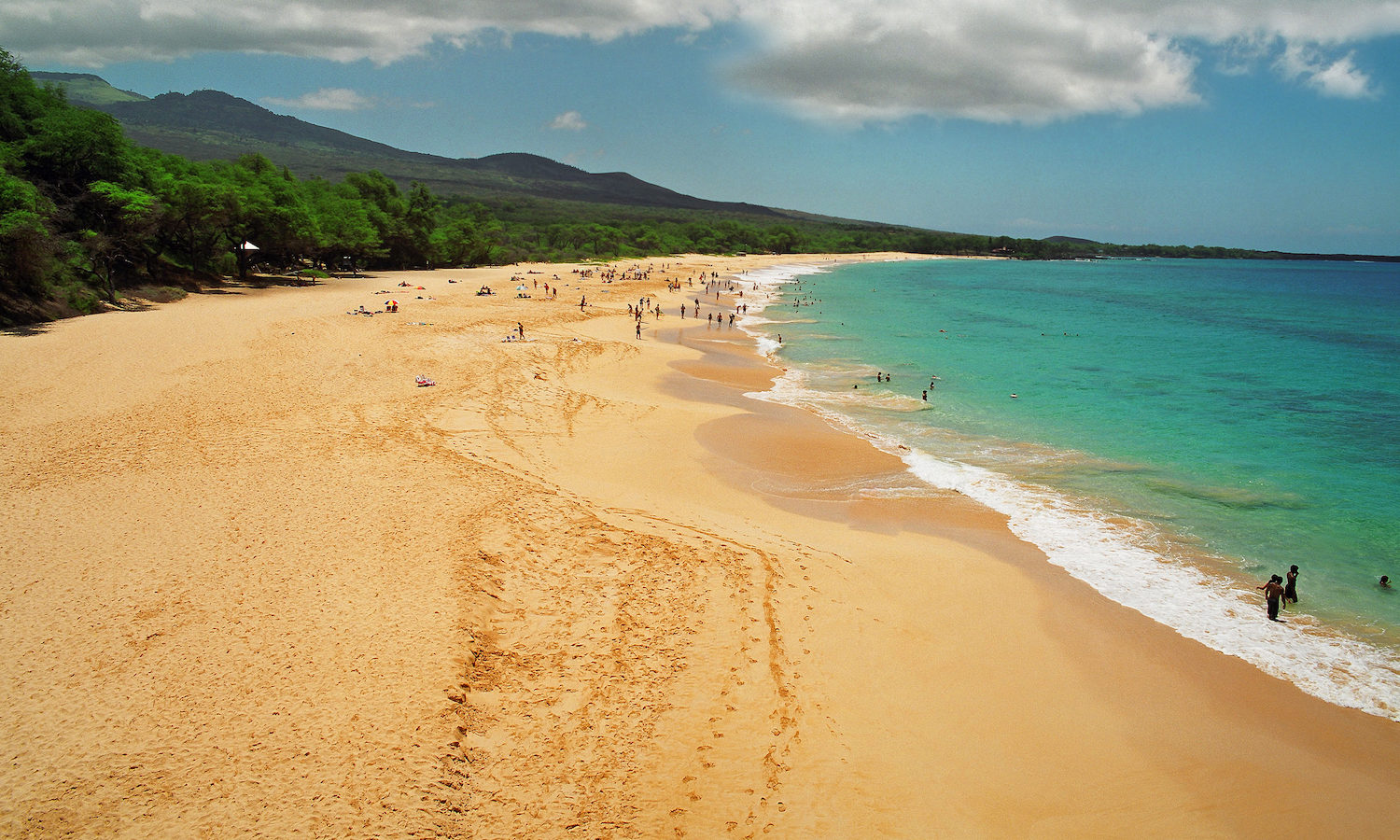
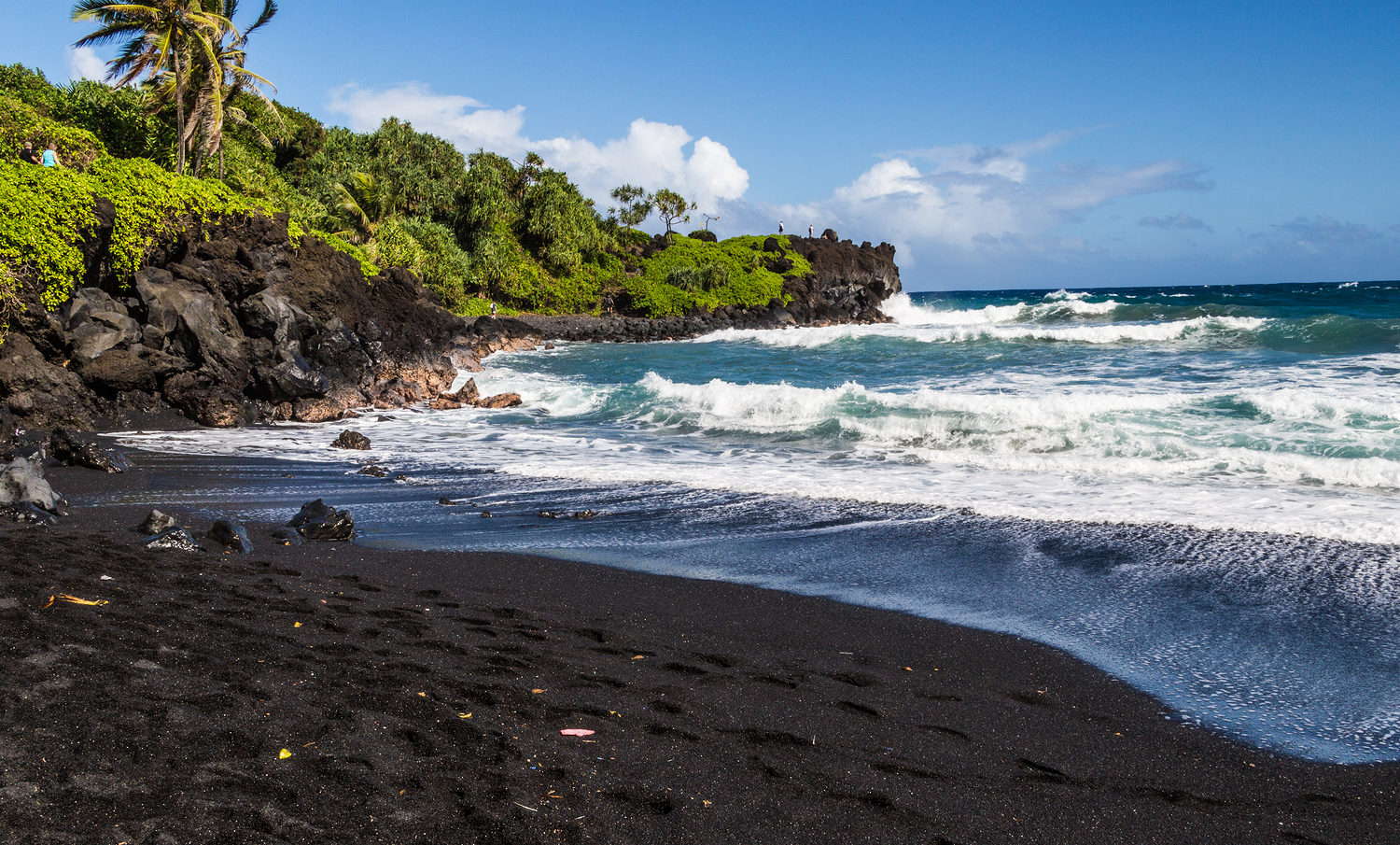
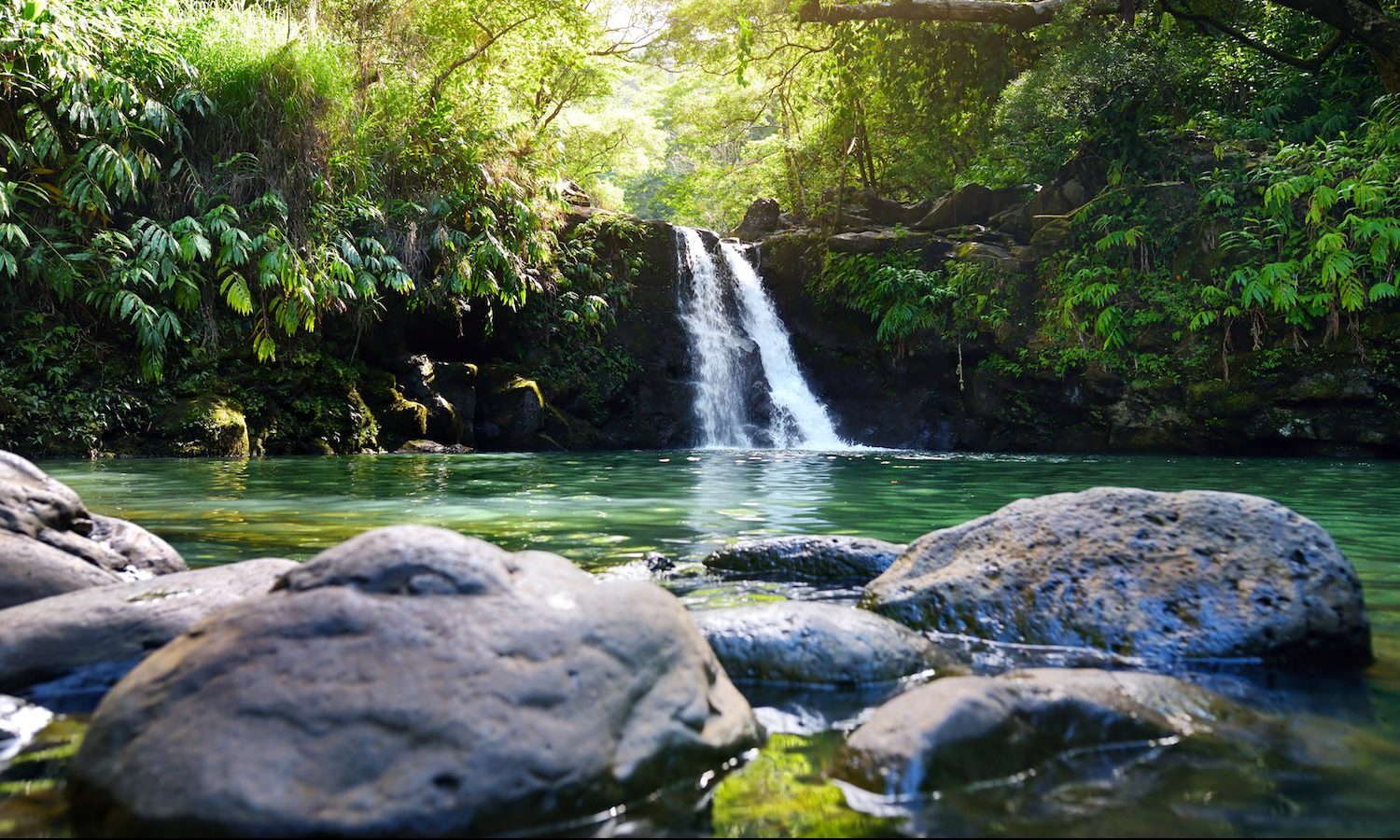
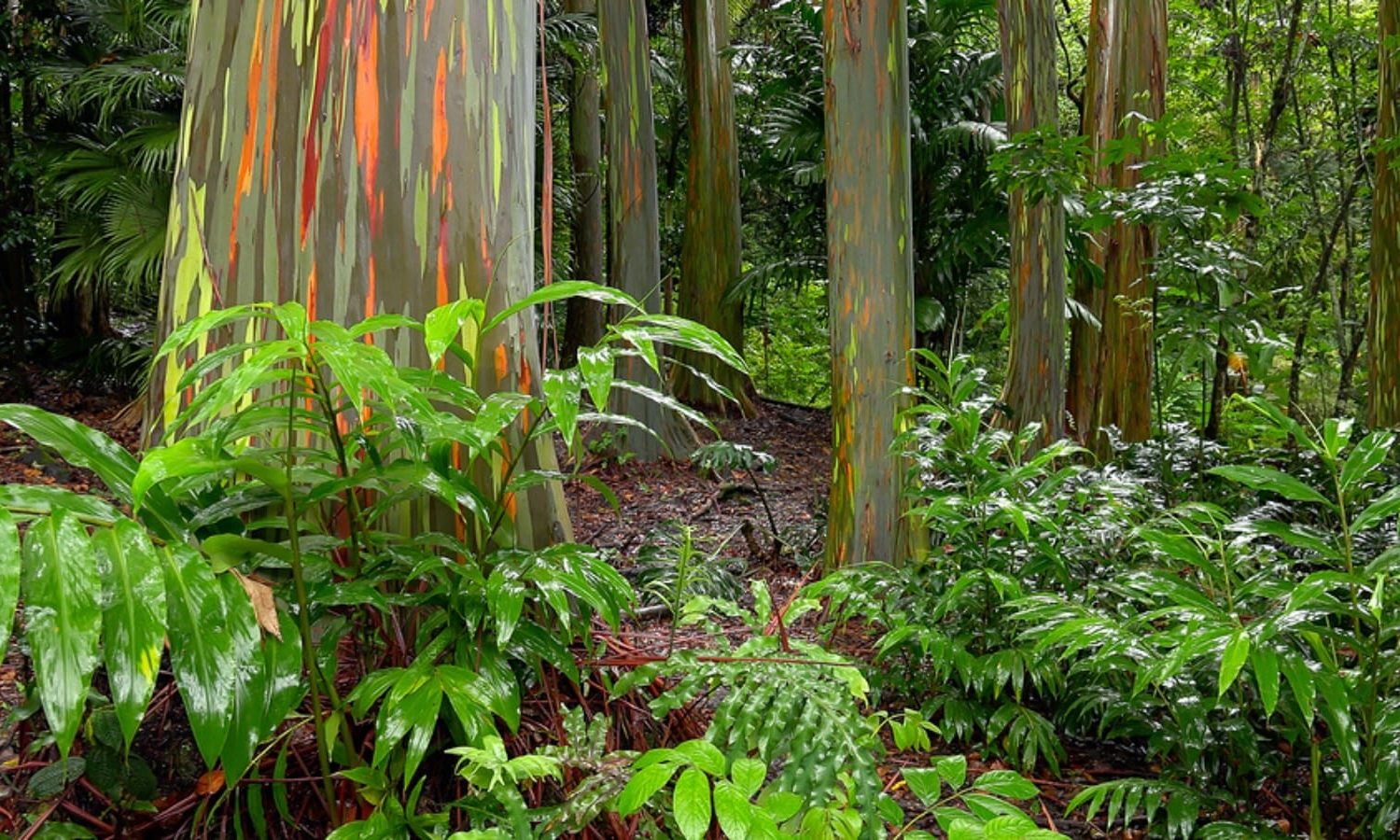
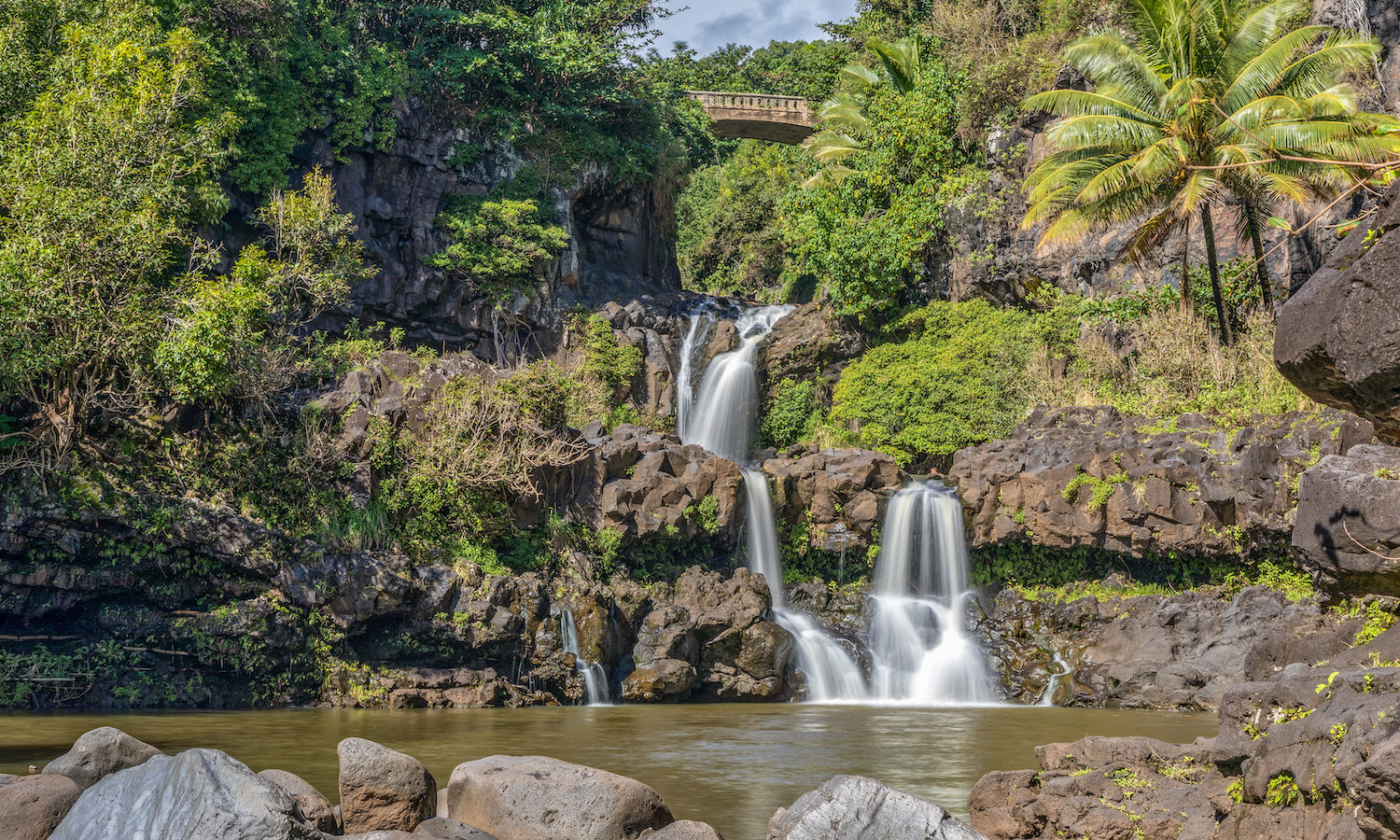
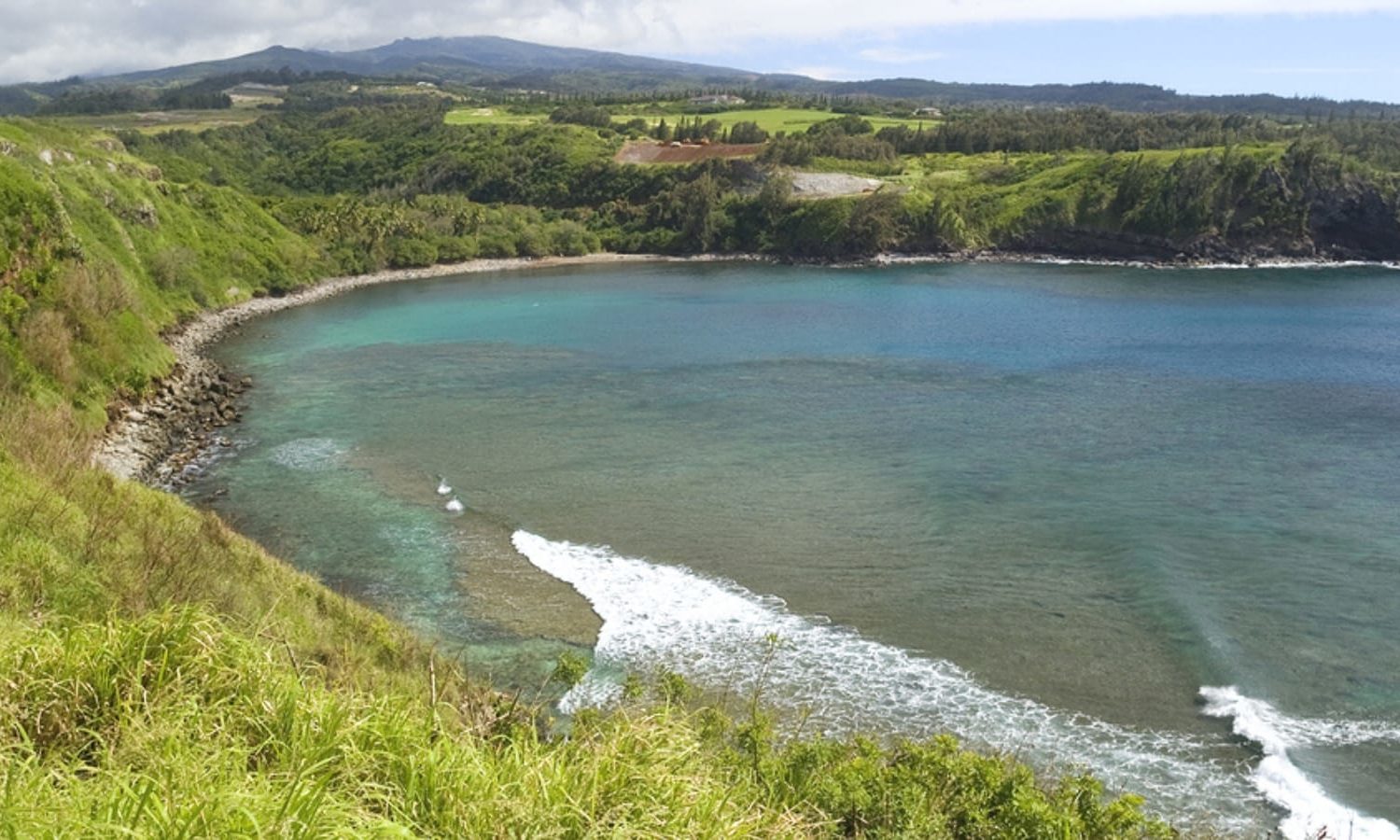
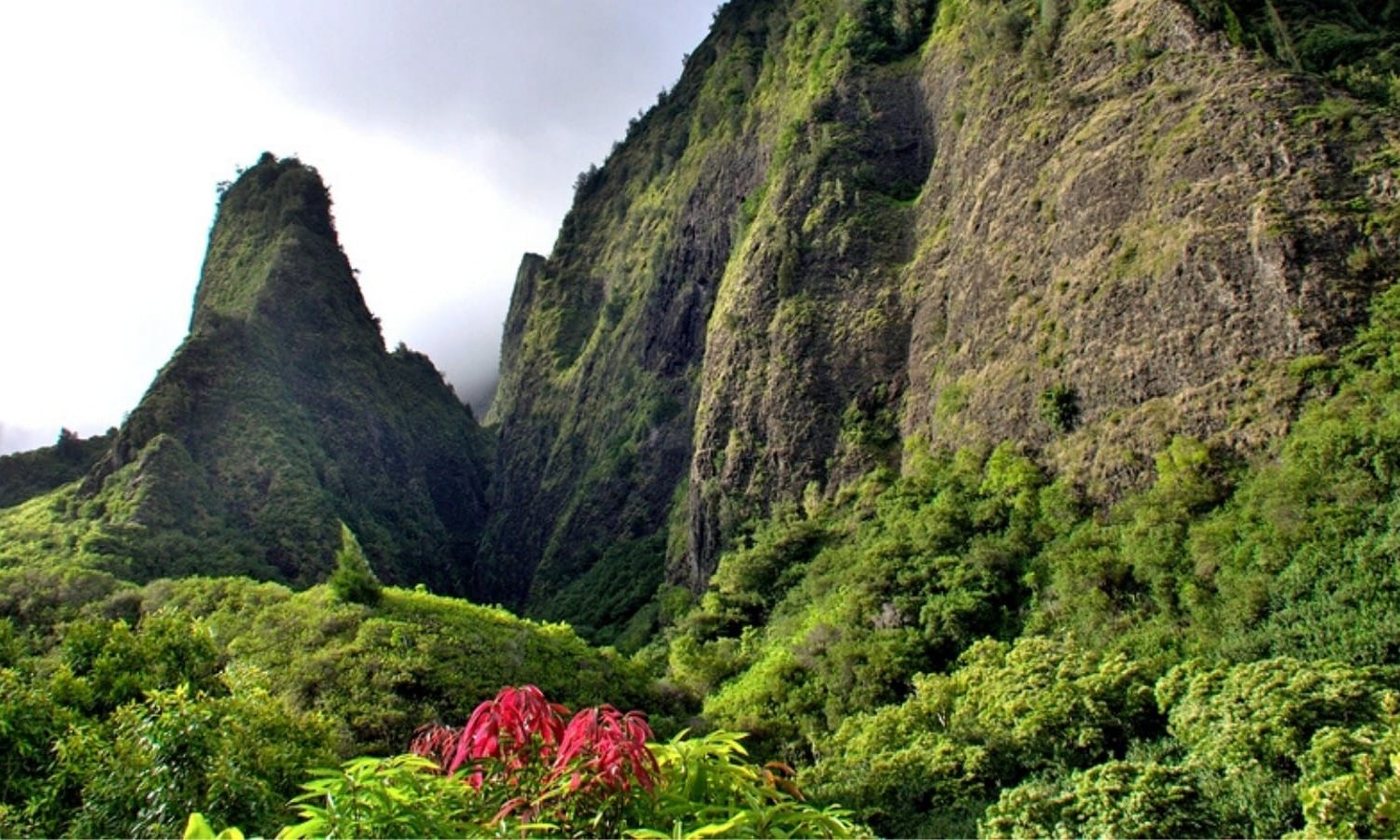
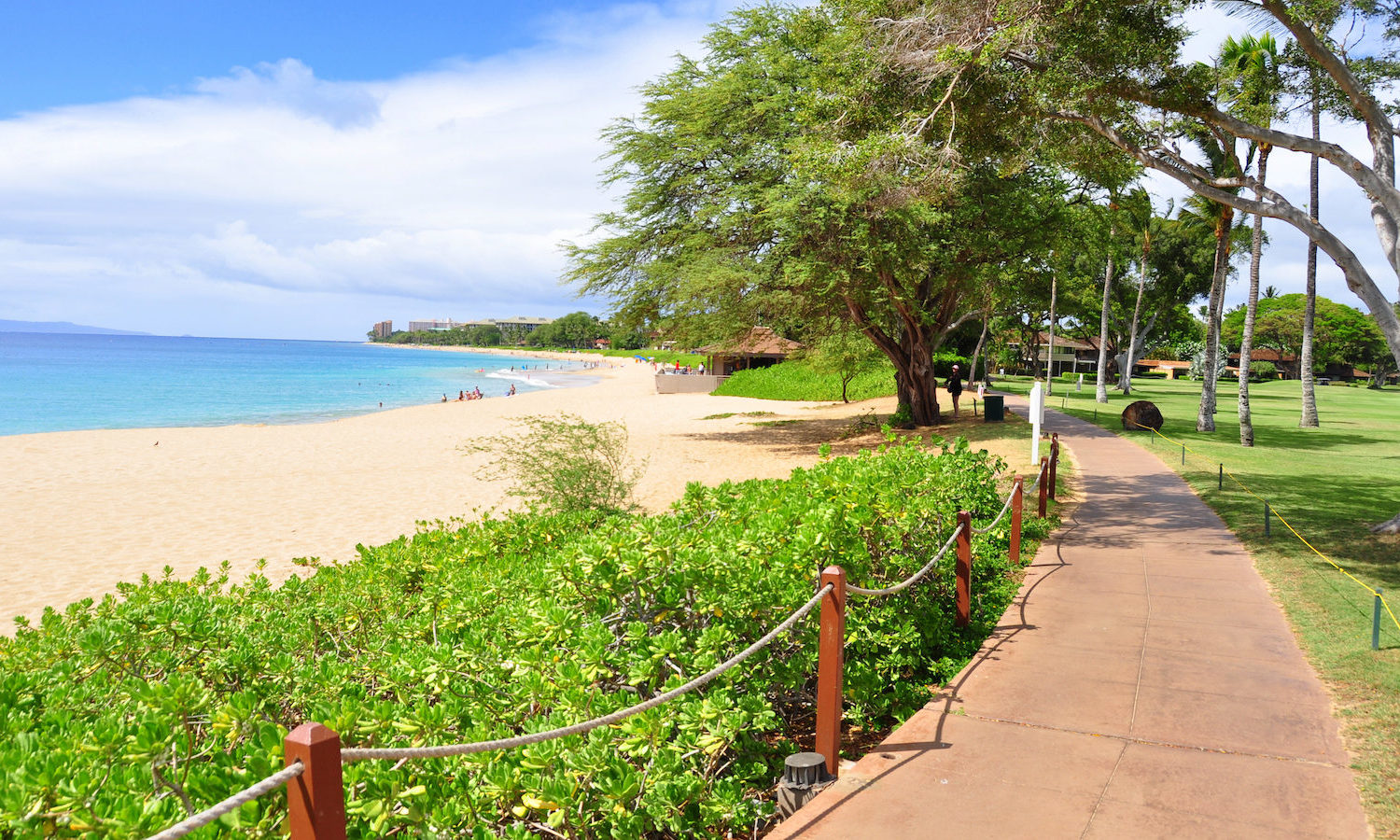
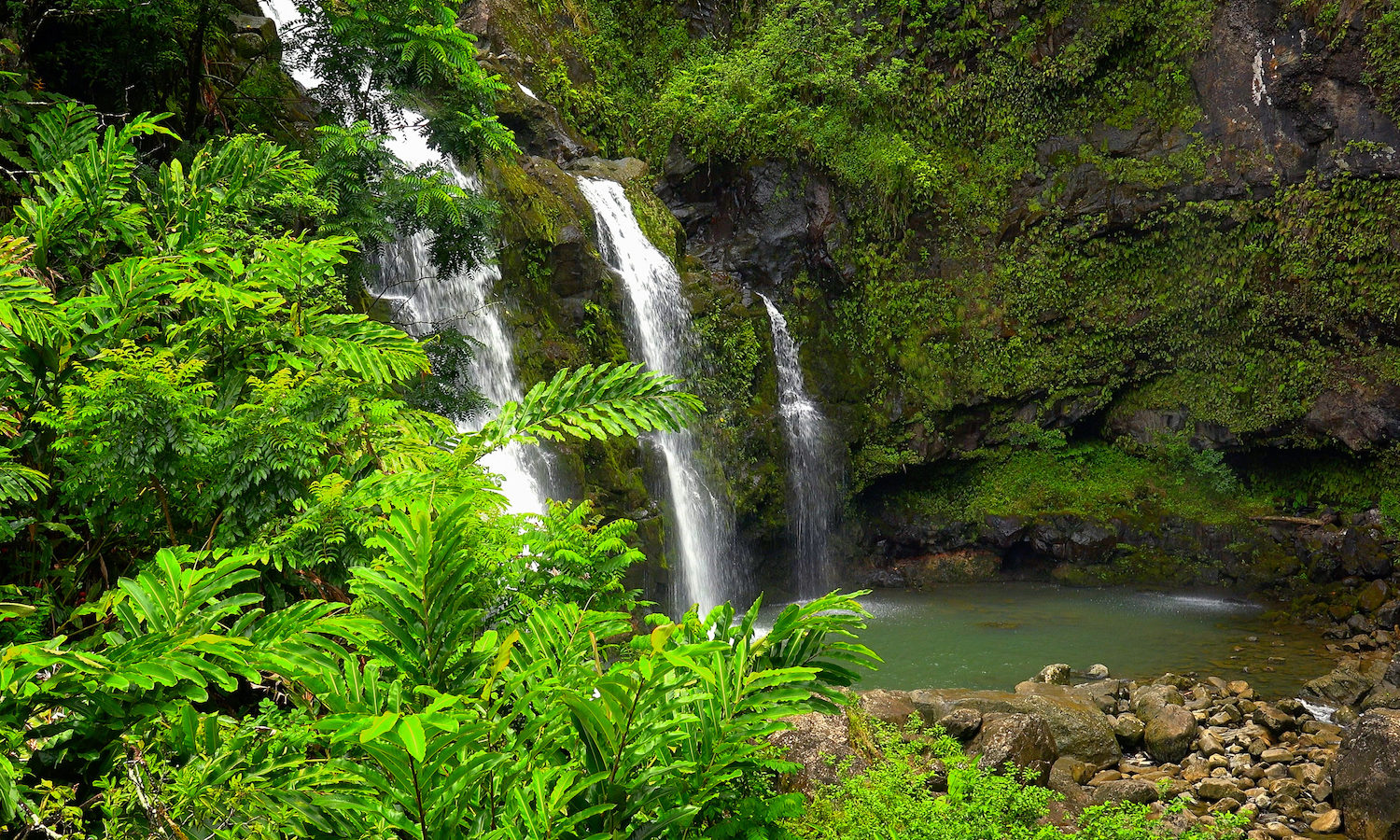

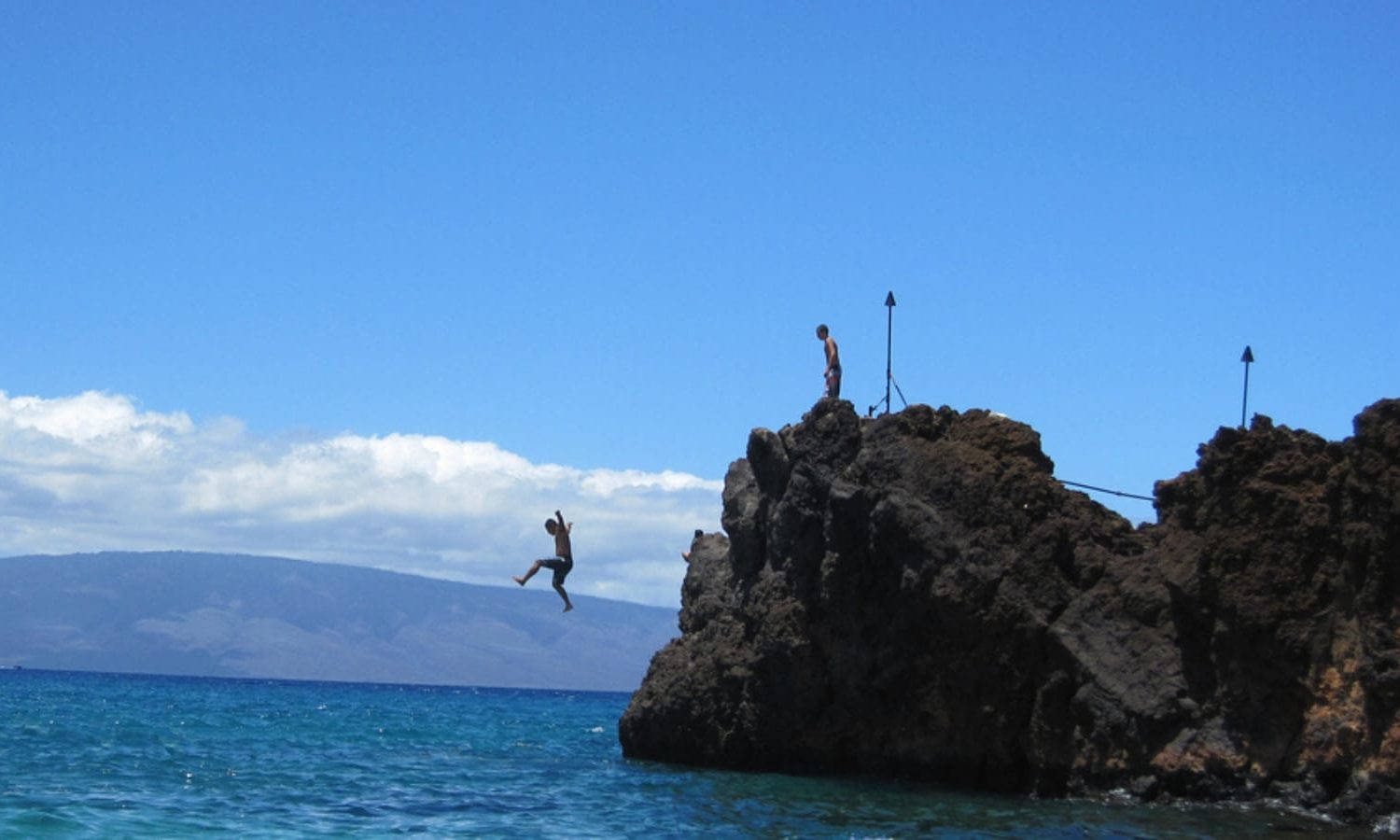
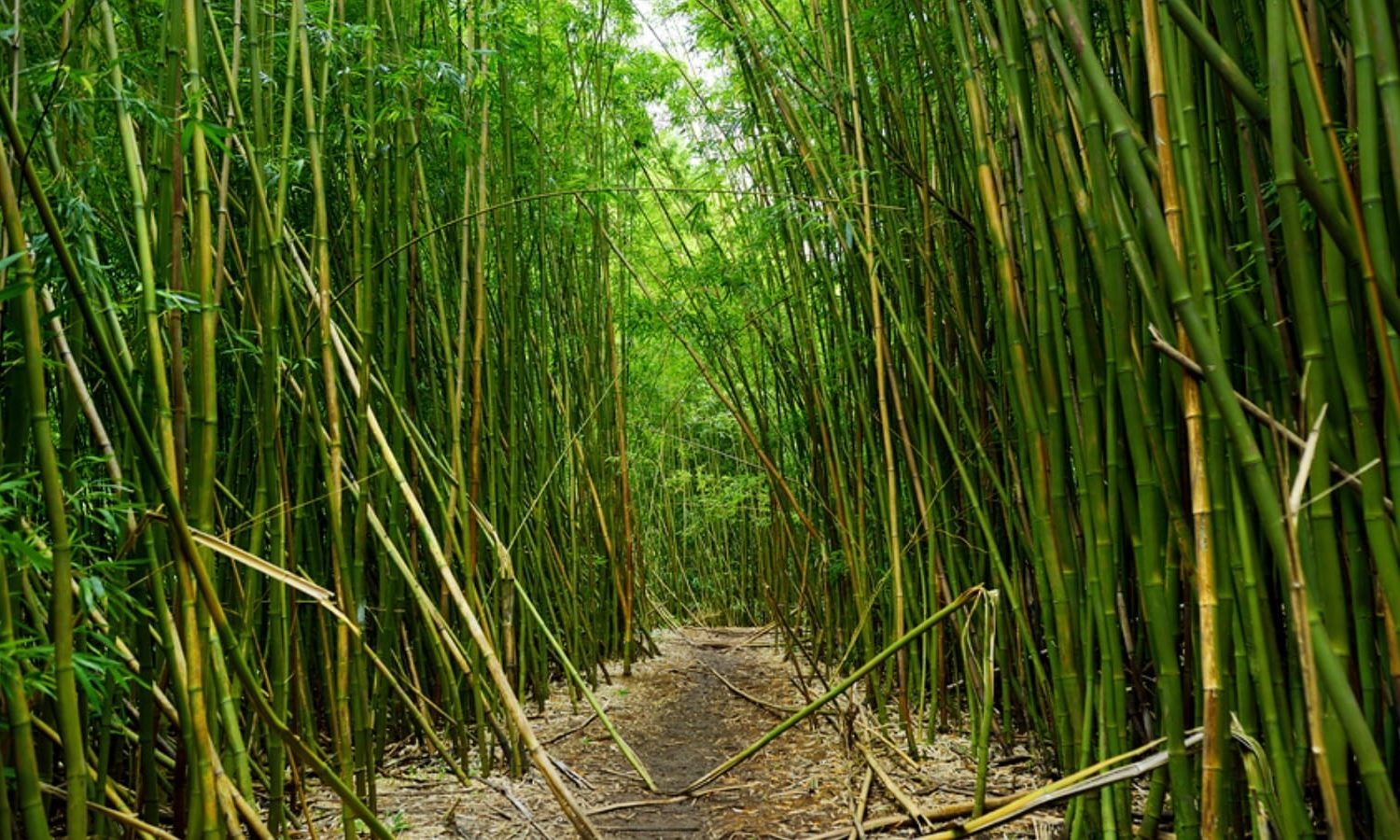
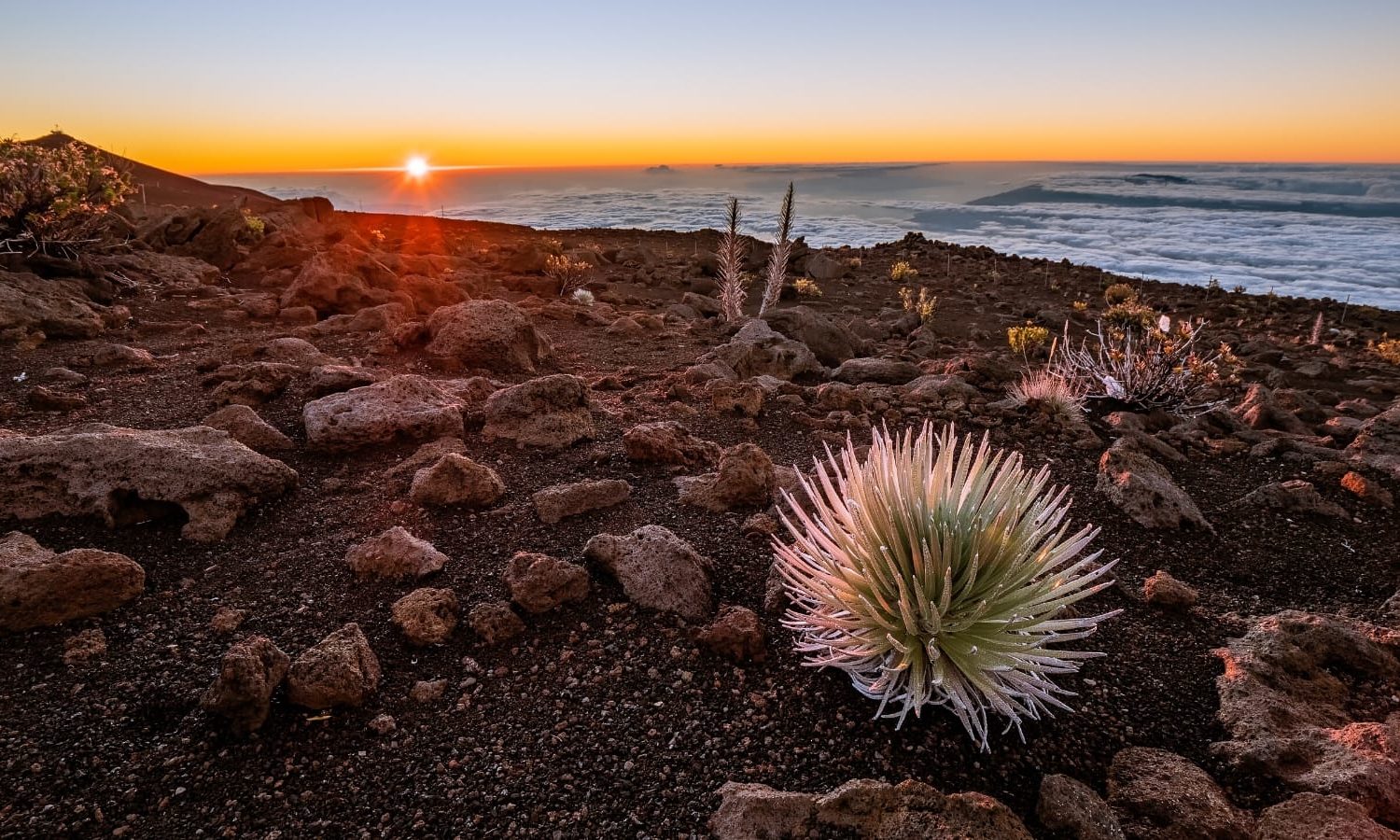
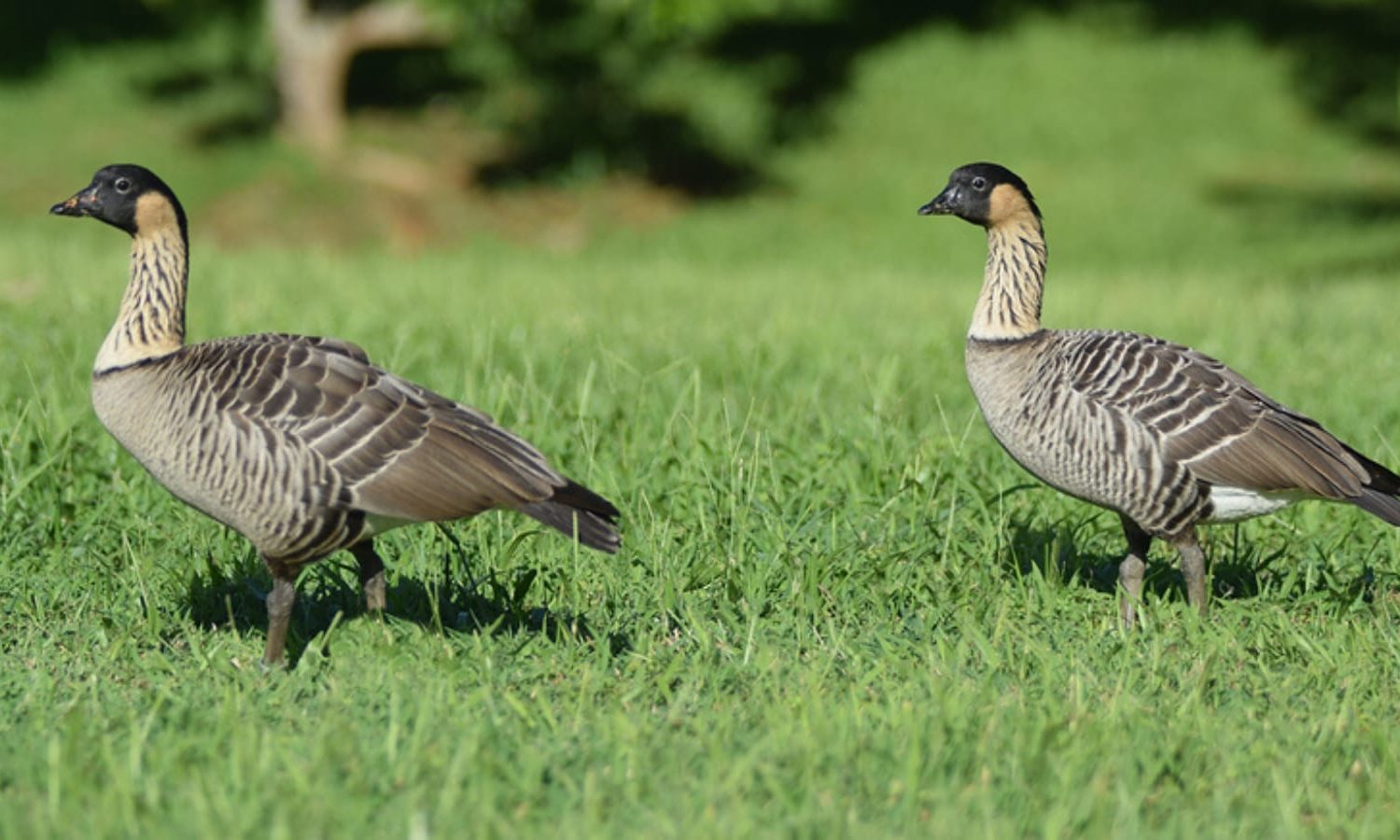
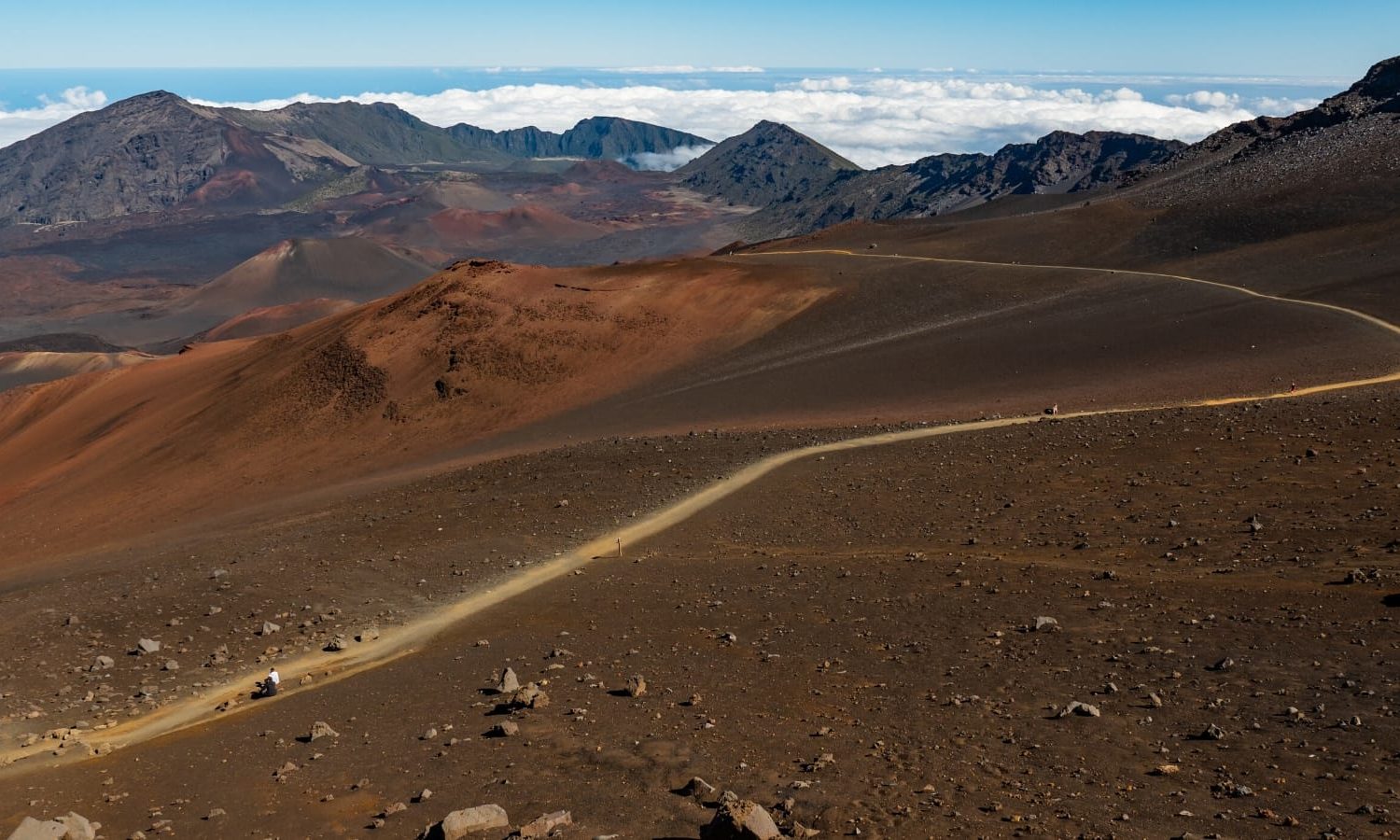
Maui’s beauty is obvious, but when you uncover the stories, culture and history, you’ll truly connect with the Valley Isle.
Though Maui is easily driveable and accessible, you will want to take your time and explore all 4 corners of this diversely beautiful island paradise. It’s a place like no other where in a day you can be swimming with turtles, or hiking the moonscape at the top of an extinct volcano, or absorb the refreshing mist of a rainforest waterfall.
Don’t even know where to begin? We’ve suggest dividing Maui into 5 different areas and all of these are included in this tour. Do 1 area in a day, or combine 2 or more areas for a full day of sightseeing.
The Road to Hana is one of the world’s most scenic drives and the most famous drive on Maui. As you wind your way around the bottom of Maui’s 10,000 foot volcano, the drive is rich with waterfalls, black sand beaches, bamboo forests, lava rock formations and amazing ocean views as you wind your way through 620 curves and 59 bridges.
With such a long day of exploring and very few signs along the way, it’s important to know the 5 “not to be missed” stops, and the many more suggestions – if you have time. Part of the secret to enjoying the journey is knowing how not to waste your time, and we have tips for that as well.
On the return drive from Hana, we’ll point out the not to be missed stops again as well as tell you stories about Hawaii’s fascinating history and rich culture.
Make your way up to Haleakala Crater for a sunrise, sunset or a midday view you won’t soon forget.
Climb above the clouds to a Mars-like landscape with cinder cones, silverswords, endangered Nene geese, views of the Pacific Ocean and other Hawaiian Islands from 10,000 feet. We’ll share stories of how the Islands have formed in the middle of the Pacific Ocean, both from Hawaiian mythology and our modern explanations.
On the way we’ll tour through the upcountry Paniolo (Hawaiian cowboy) town of Makawao and have the opportunity to visit art galleries, gift stores and of course great dining choices as we transition from the beach, to fertile farmlands, to the rocky cinders above the treeline.
If you plan to go for sunrise – you must make an advanced reservation with NPS. No reservations are required at any other time of day.
This part of the island is a popular choice for the resort areas of Ka’anapali and Kapalua. As we explore West Maui we’ll have magnificent views across the water to Maui’s other islands, punctuated by whales breeching during the season; December to April.
West Maui has many very calm and gentle beaches where you can swim, try stand up paddle boarding, surfing and excellent snorkelling, especially in the beautiful Honolua Bay. Explore further around the coast to Maui’s best blowhole Nakalele on the rugged and lava rock windward side of the island.
Tucked into a volcanic valley of central Maui is the Iao Valley and its photogenic volcanic rock needle. Its unique location makes it one of the wettest places on the planet and it’s a fascinating drive quickly into lush forest that receives an average 1 inch of rain every day.
Also an important culturally important place in Hawaiian history and celebrates Maui’s incredible diversity of cultures at the Kepaniwai Park. Add a side trip to Iao Valley if you are exploring West Maui, South Maui, or even Haleakala on the same day.
Heading to the sunny and dry south Maui, we’ll first drive through the lively vacation area of Kihei with its family friendly beaches and snorkelling from the shore. Continue south to the swanky resorts of Wailea, but everyone is welcome to enjoy the cove beaches and even snorkel in turtle towns. Join locals and visitors “in the know” at the sandy beaches of Makena.
Keep following to the end of the road to see the location of Maui’s last lava flow which reshaped the coastline at La Perouse Bay.
Since there are many different accommodation and resort areas on Maui, there are no specific start locations. Simply begin by joining the tour at the closest place to you. All the driving directions you will need to get to the specific tour areas and to follow the routes are included in the audio.
You can spend at least 4 days drive-touring the different parts of Maui. Road to Hana is definitely a full day. Most other areas can be explored with half day outings.
There’s approximately 200 miles of roads with tour audio and the commentary is different in either direction.
Maui, known also as “The Valley Isle”, is a diversely beautiful island paradise and the second largest Hawaiian island. It’s a place like no other where in a day you can be swimming with turtles, or hiking the moonscape at the top of an extinct volcano, or absorb the refreshing mist of a rainforest waterfall.
Considering the dramatic contrasts of the seasons in the northern hemisphere, is there really a “bad” time to visit Maui? There are basically two distinct climate differences through the year, and even the cooler, wetter weather that is considered winter in Hawaii from December to April are a pleasant respite from the mildest winters on the mainland.
You can expect far more crowds and higher prices in the winter months, with a similar, schools-out family vacation crowd in June, July and August. So the off-peak, “shoulder seasons” of April-May and September to mid-December are when you’ll find the best values.
You could easily spend weeks exploring Maui, but generally at least one week is enough in order to not feel rushed. That way you can get a full sample of the island treasures, because any pre-planned itinerary will often be disrupted by the urge to just relax and gaze at the natural beauty for a few hours or days before plunging off to adventures. A good rule of thumb is to add one week for every additional island you want to visit.
Advanced reservations are required for limited parking at Haleakala (sunrise only) and also at Wai’anapanapa State Park (Black Sand Beach).
The Haleakala Summit and the area where the Ohe’o Gulch (Seven Sacred Pools) and Pipiwai Trail are located is within Haleakala National Park, and a park pass is required to visit these locations. You can use the same pass at each of these locations within 3 days.
If capturing the first sun rays rising over the horizon at 10,000 feet sounds like a once in a lifetime experience you don’t want to miss out on, then YES, you should do it. But you need to plan ahead.
Reservations are mandatory for sunrise, as parking is limited. Prebook your Haleakala Sunrise pass with NPS. Last minute tickets are available online 2 days in advance.
Keep in mind, it takes between 2-3 hours to drive to the top of volcano, depending on where you are staying on Maui, so allow a generous amount of time to drive across from your hotel/resort. It might require you to leave your resort around 3am.
No reservations required at any time other than sunrise. In fact, midday with the sun directly overhead is better for photographs or time your visit around sunset and stay even stay later into the evening to view the stars.
Reservations are required for sunrise viewing at the Haleakala Summit from 3am – 7am daily, visit nps.gov for reservations and further details. No reservations are required for viewing at other times of the day or sunset.
Reservations are required to access Wai’anapanapa State Park (Black Sand Beach), visit gostateparks.hawaii.gov for reservations. You cannot make same day reservations. See how to make a reservation, for what time and other FAQs.
Reservations are required for Iao Valley, visit hawaii.gov for reservations and further details.
Many areas across Maui are now welcoming visitors back (not Lahaina), but asking for visitors to be mindful the entire community is still healing and grieving.
Here are some tips;
Make sure you’ve packed two things on a trip: patience and grace. Expect to wait for longer than you’re used to for food or other services.
Support local businesses. Your visit will support Maui businesses that rely on tourism for their families’ livelihood. Visit MauiNuiFirst.com for various ways to eat, shop, play, stay and support local.
Hosting uninvited volunteers in direct recovery work may be difficult at this time. Visit MauiNuiStrong.info for efforts welcoming volunteers and contributions.
Do not enter Lahaina Town or take photos of the area, even from afar. The area is restricted because conditions can be hazardous to your health. Respect the privacy of survivors and the dignity of those who lost their lives.
Do not ask about a resident’s personal experience with the disaster. While a question such as “Were you impacted by the fire?” may be intended to be supportive, many survivors are not ready to share their experiences with others.
If you come across a memorial service or other private gathering, leave the area immediately. Respect the gathered survivors and residents — do not take photos or videos.
We hope these guidelines allow you to practice “malama”, a word you will see in recovery efforts that translates to take care of, tend, attend, care for, preserve, protect, beware, save, maintain.
